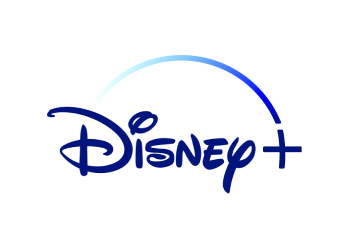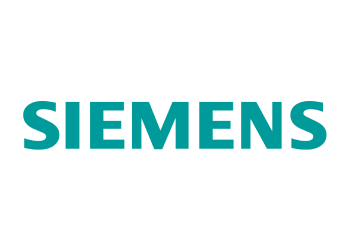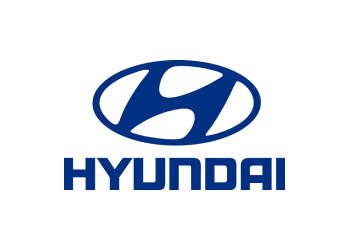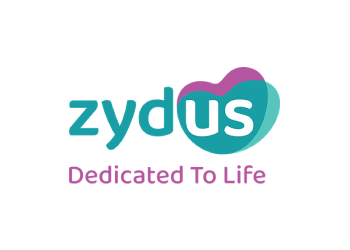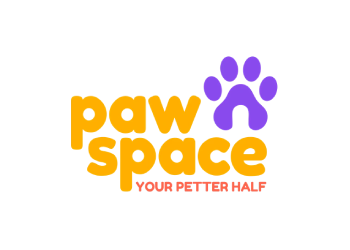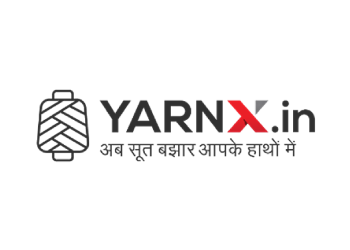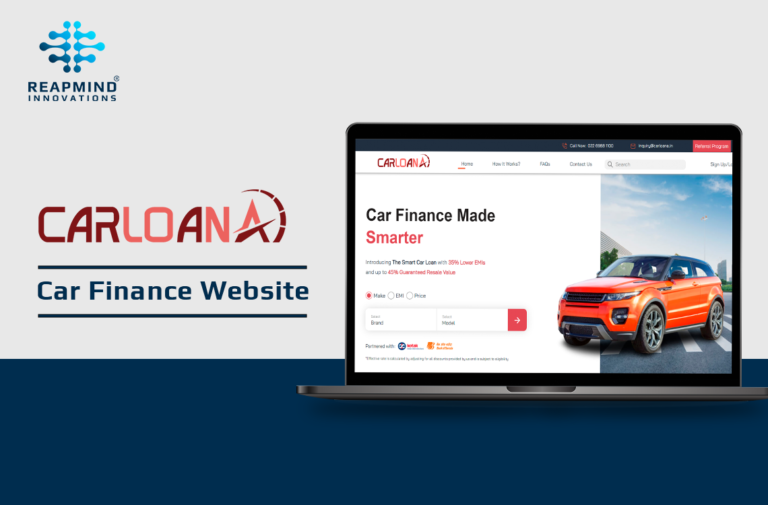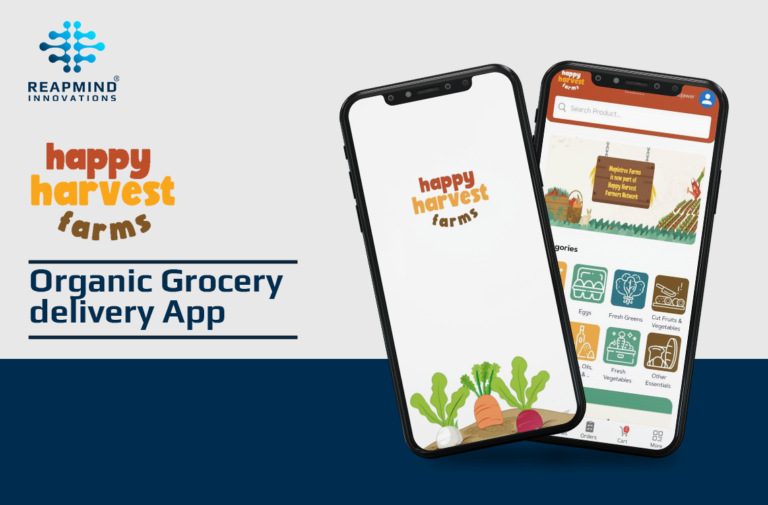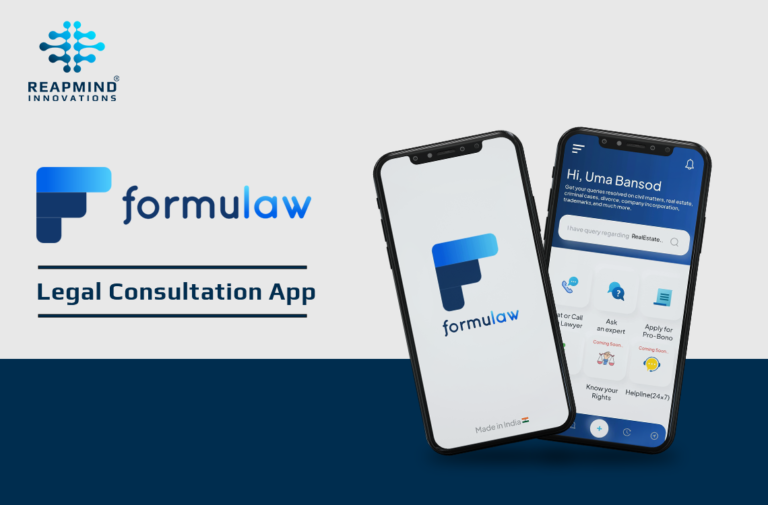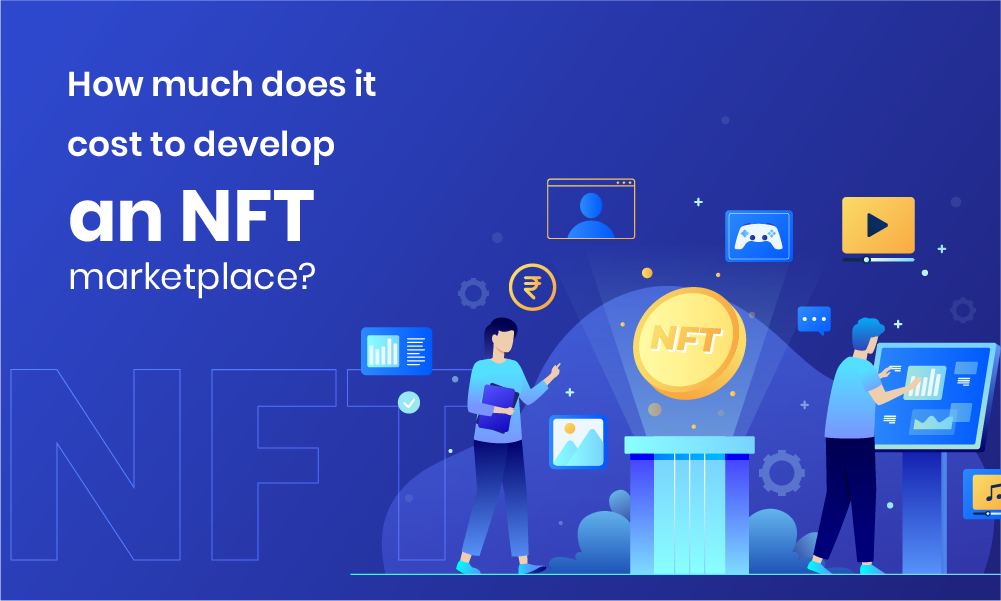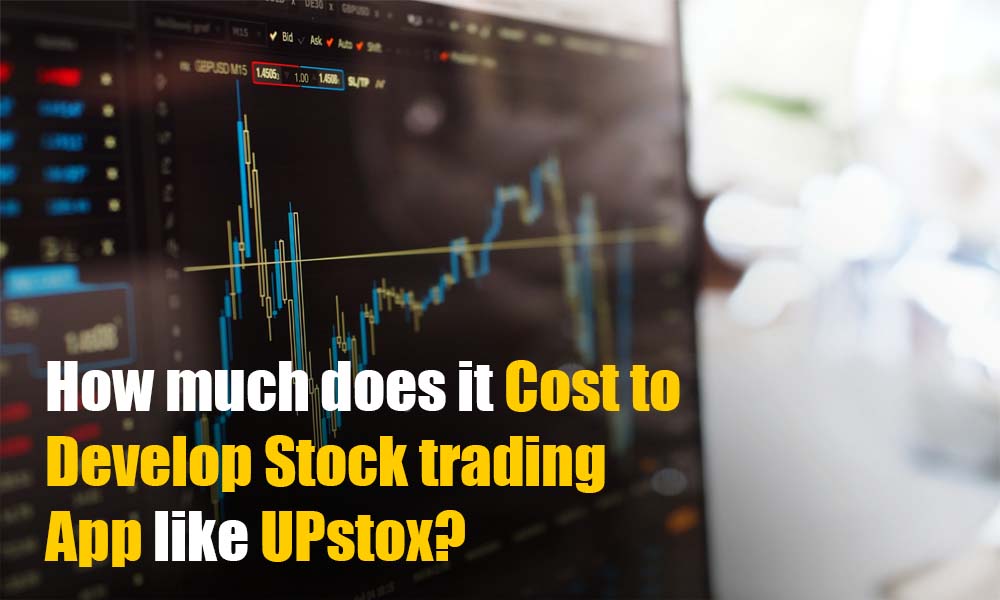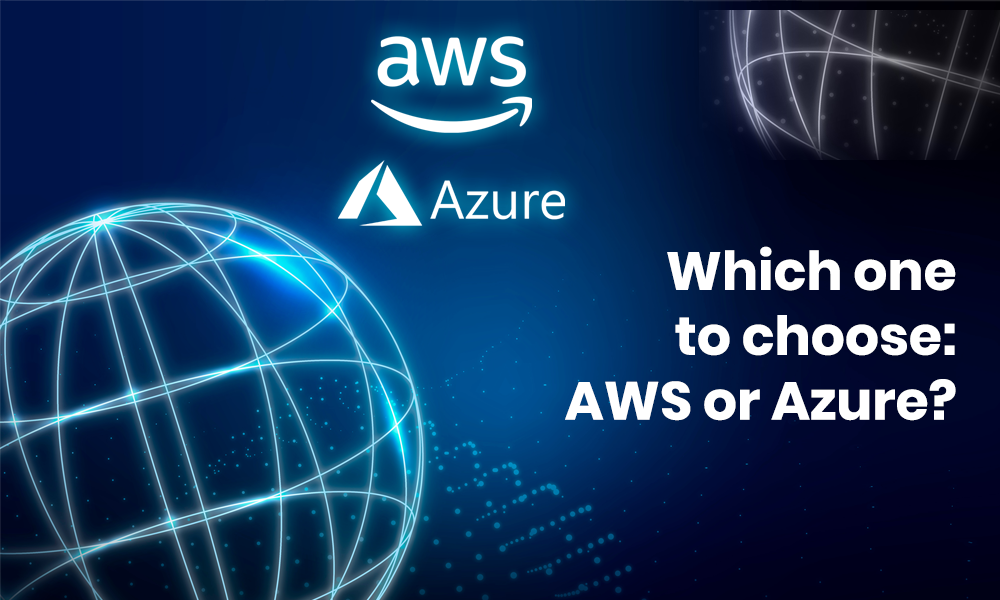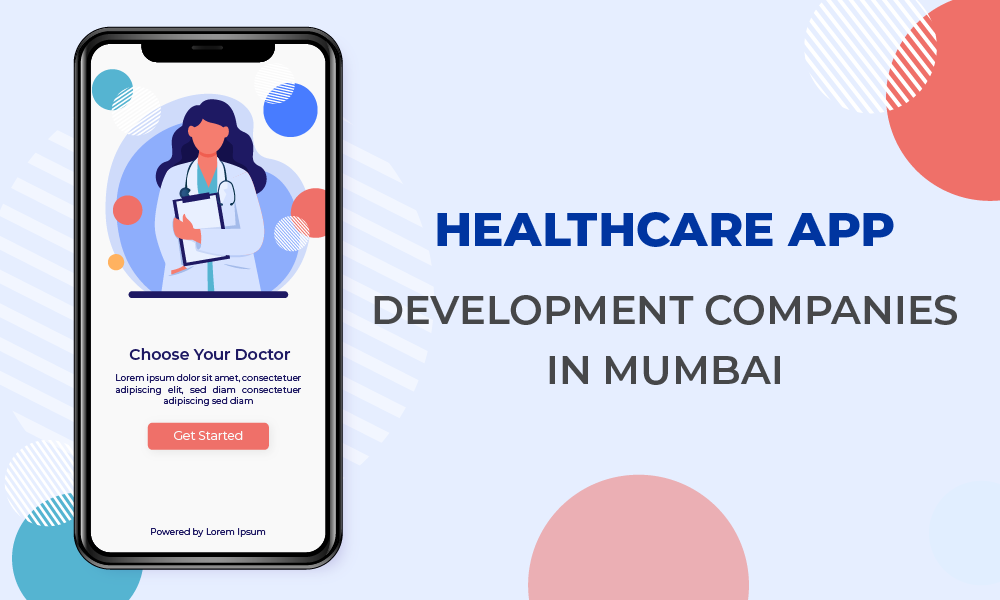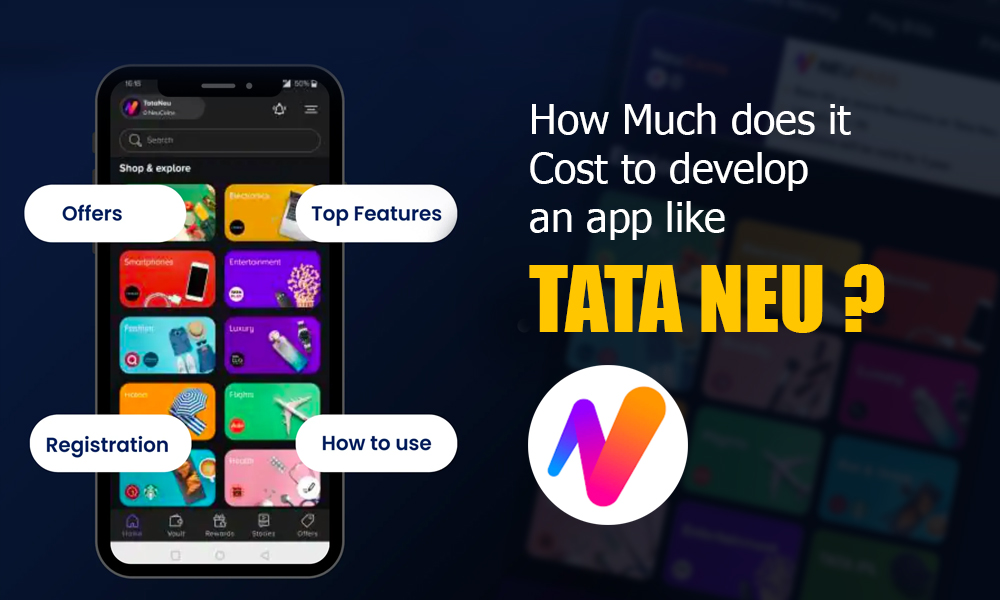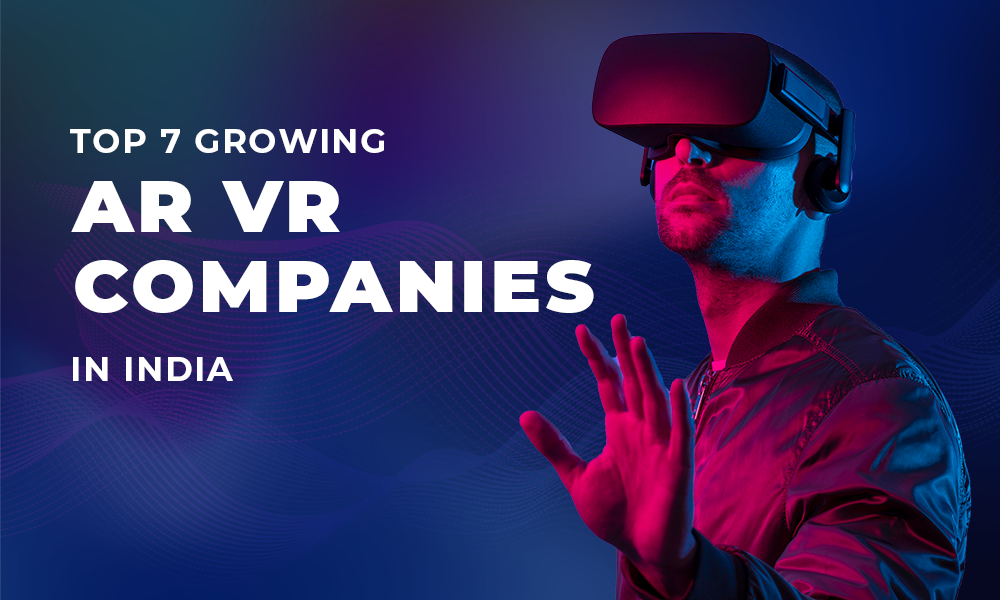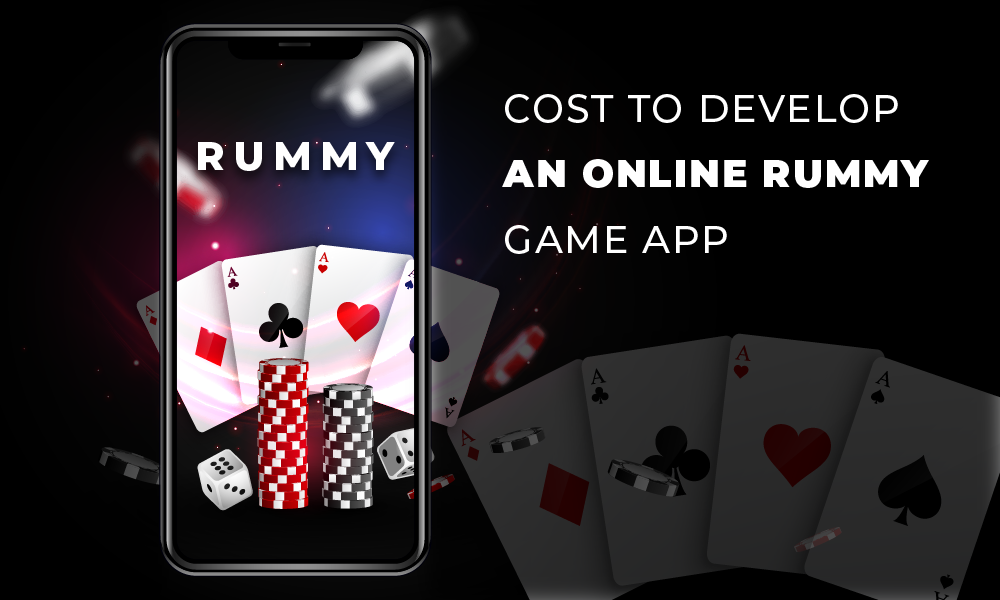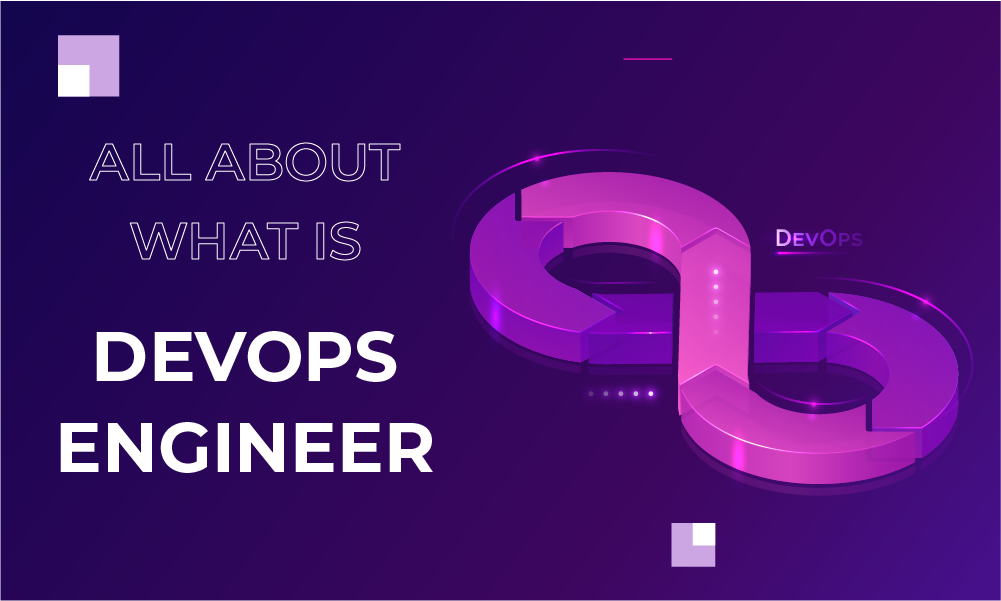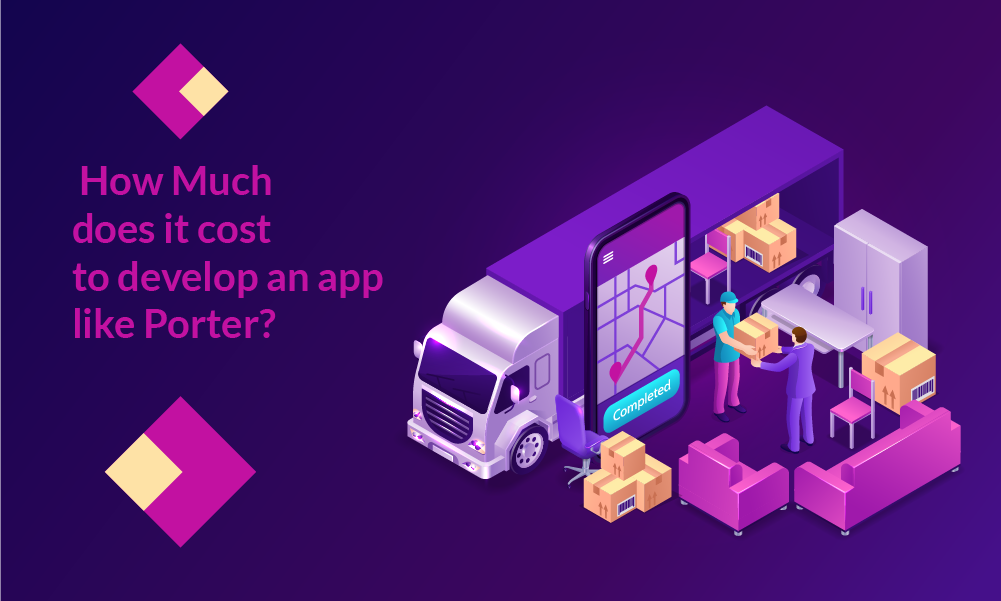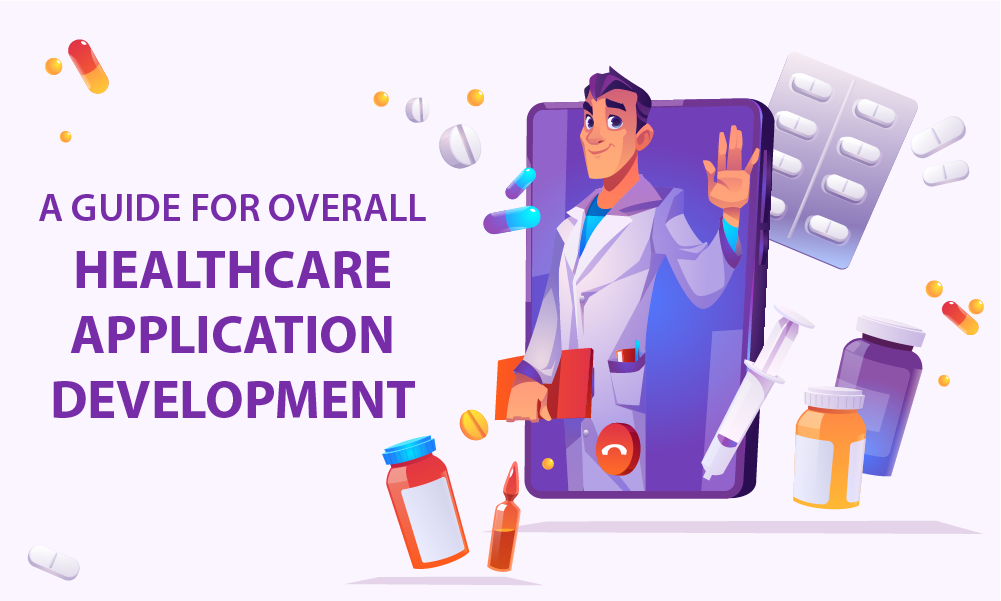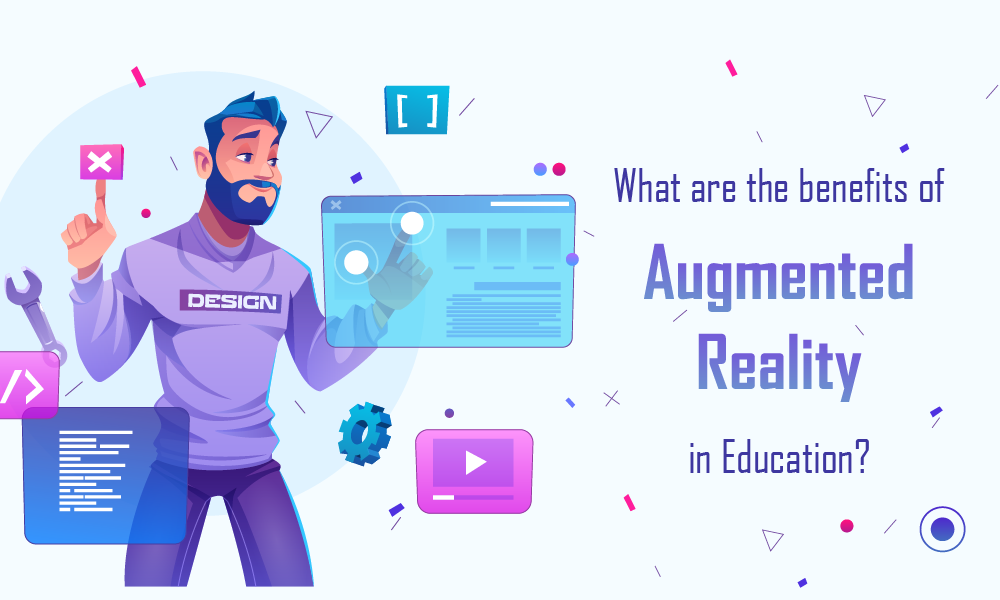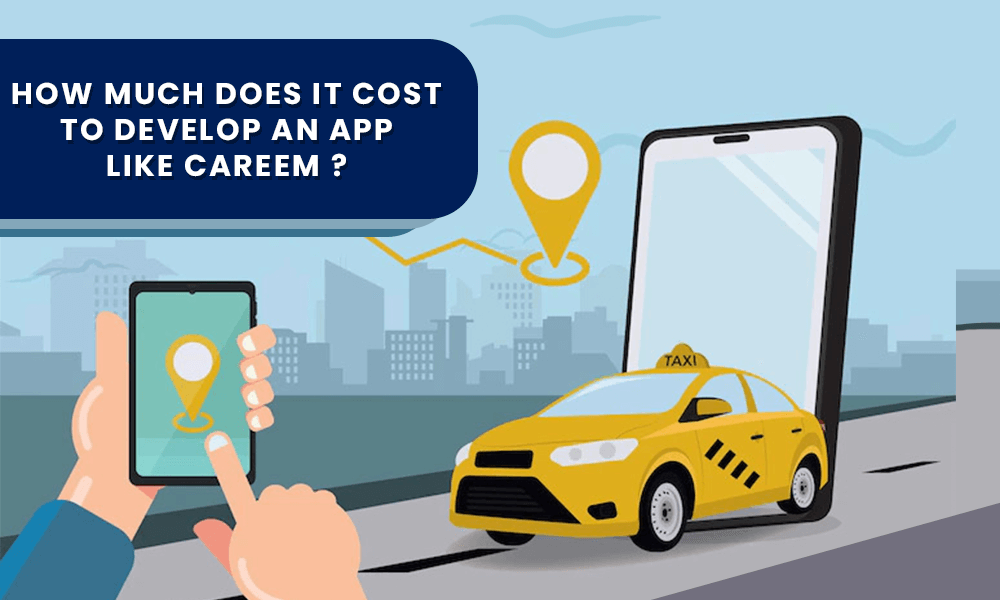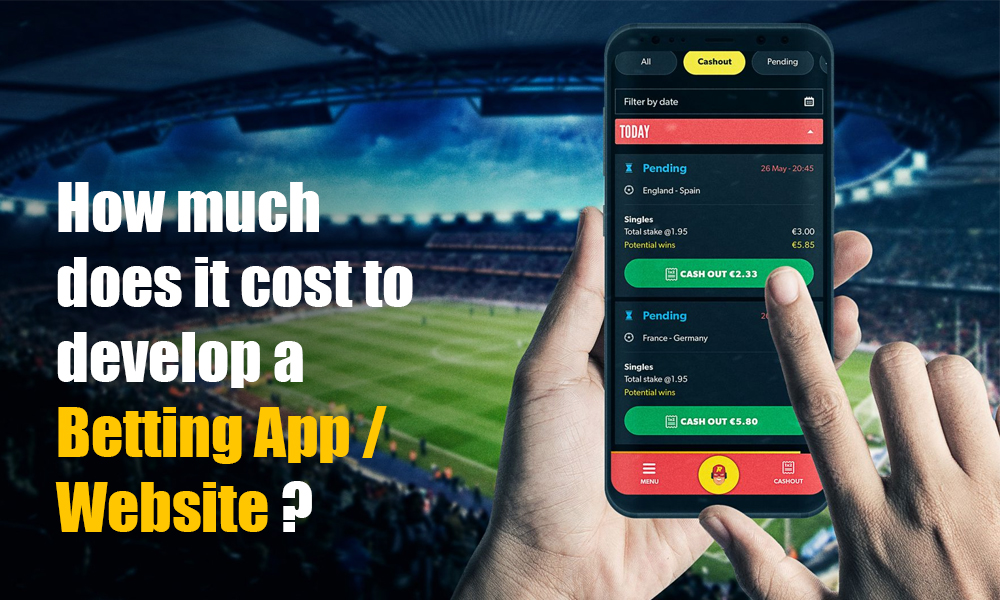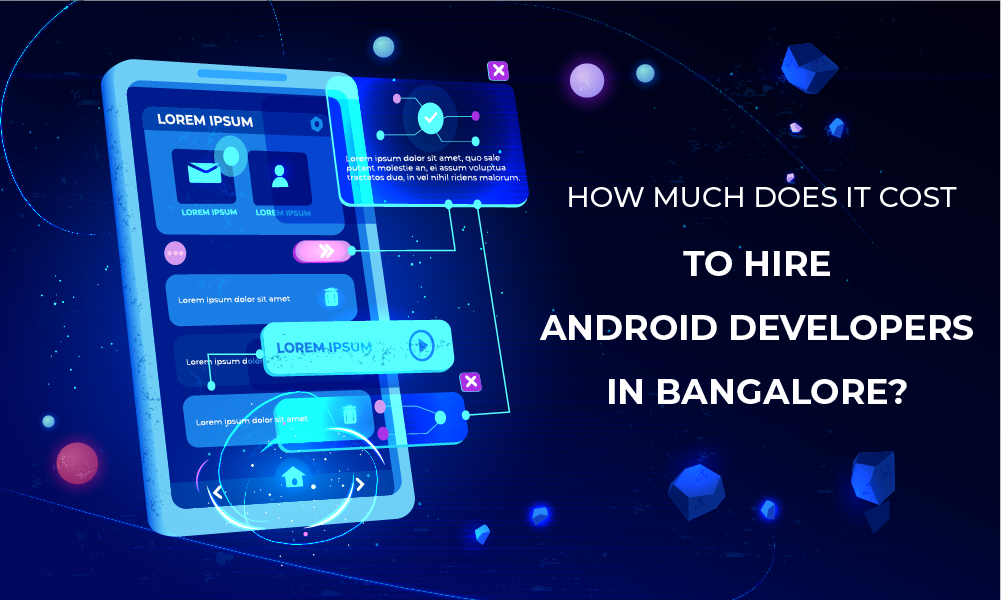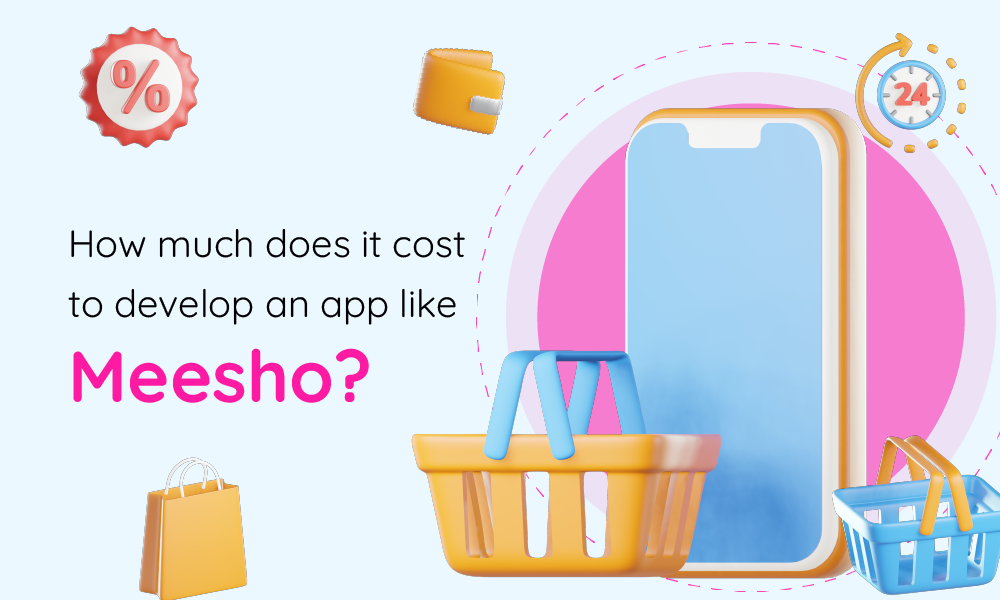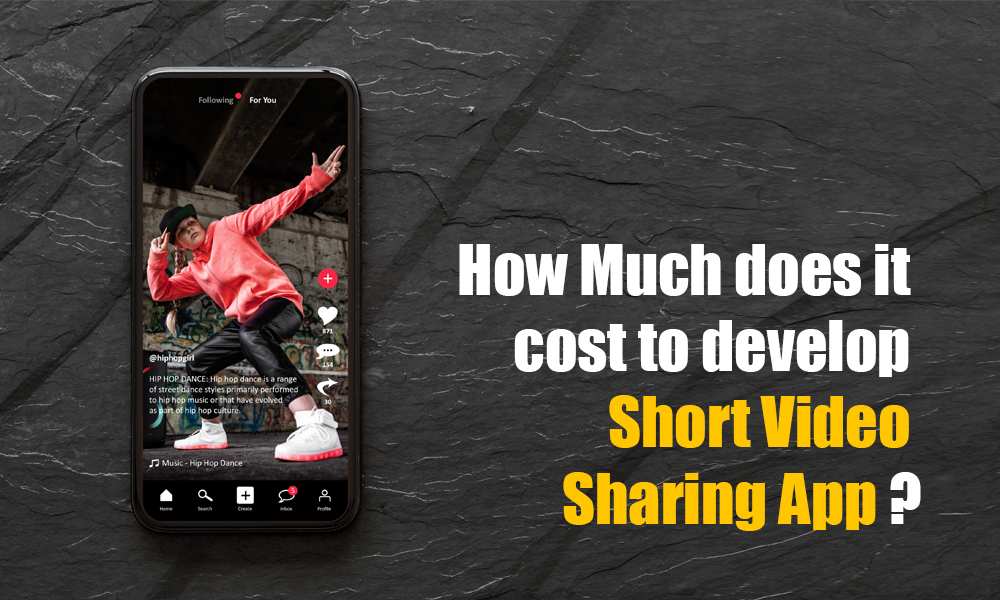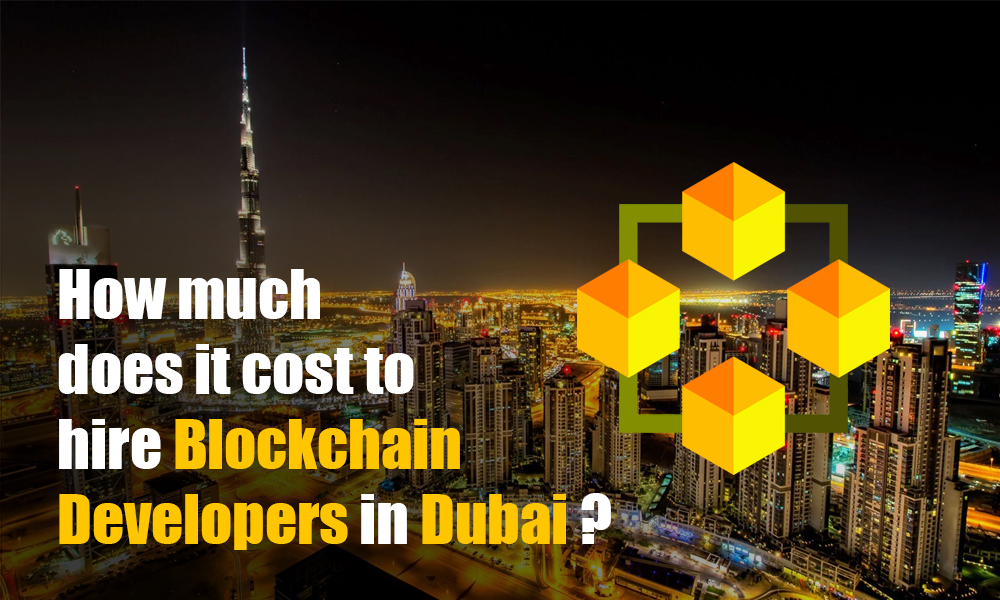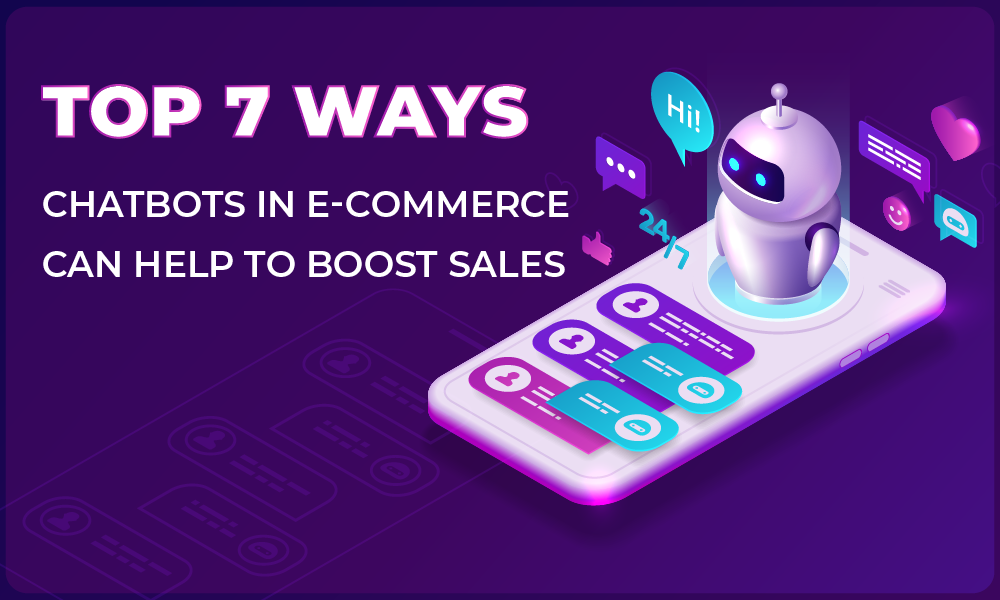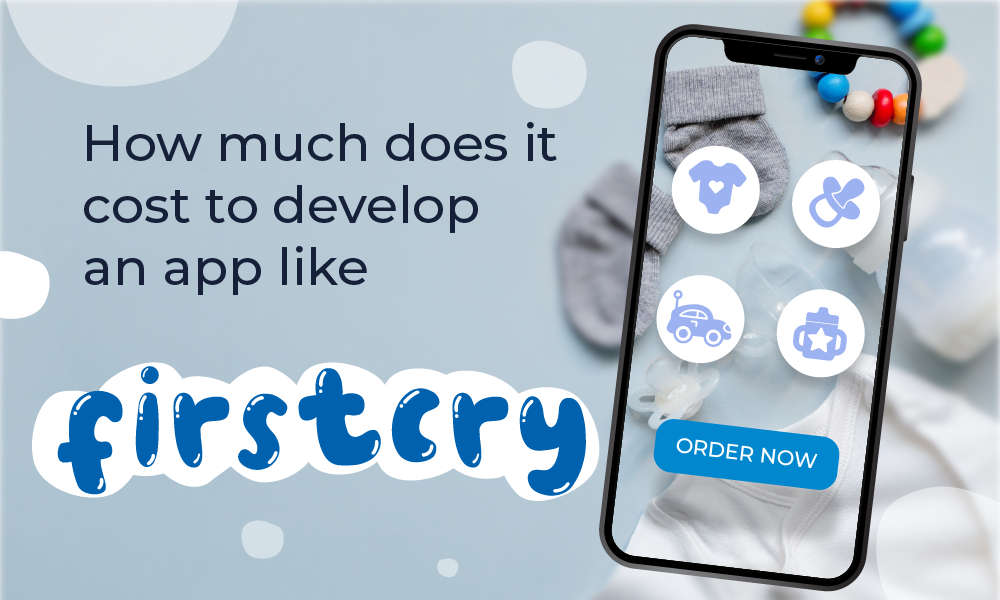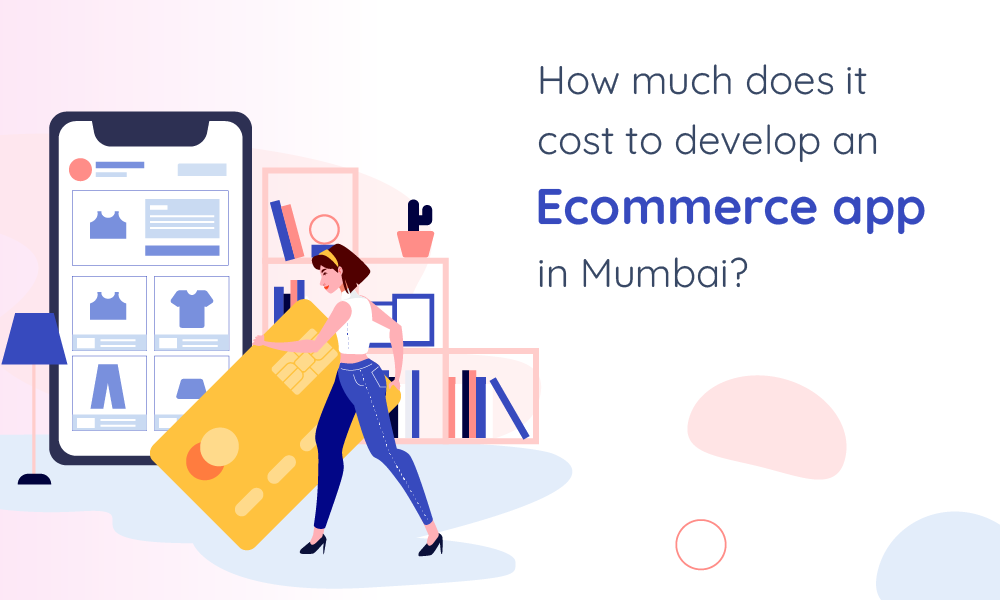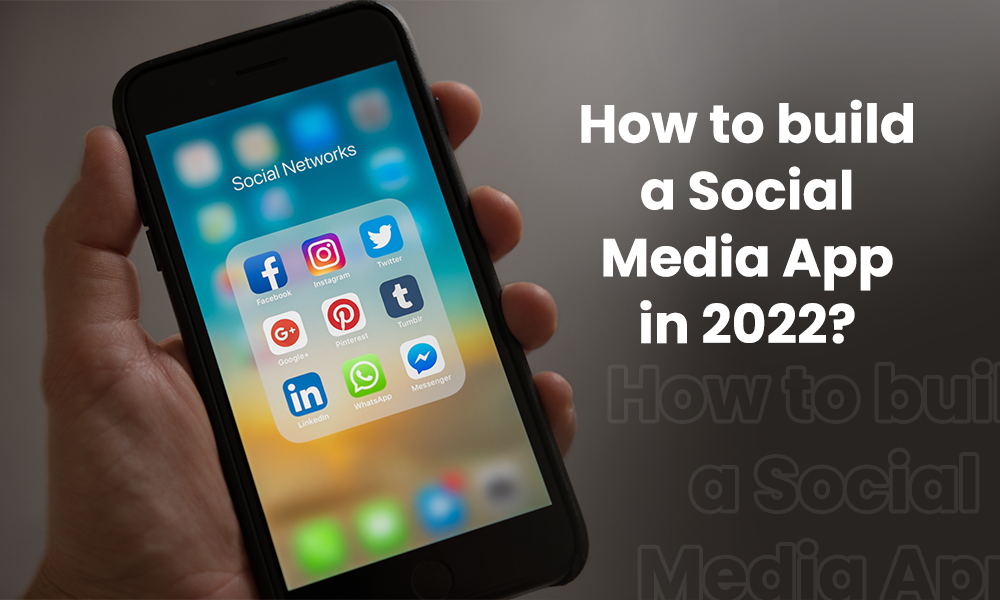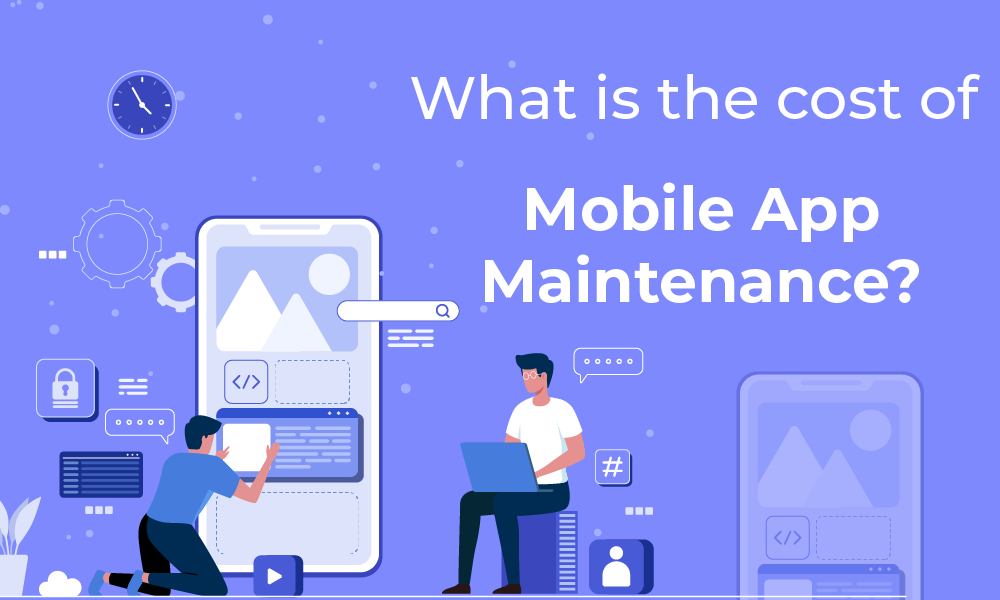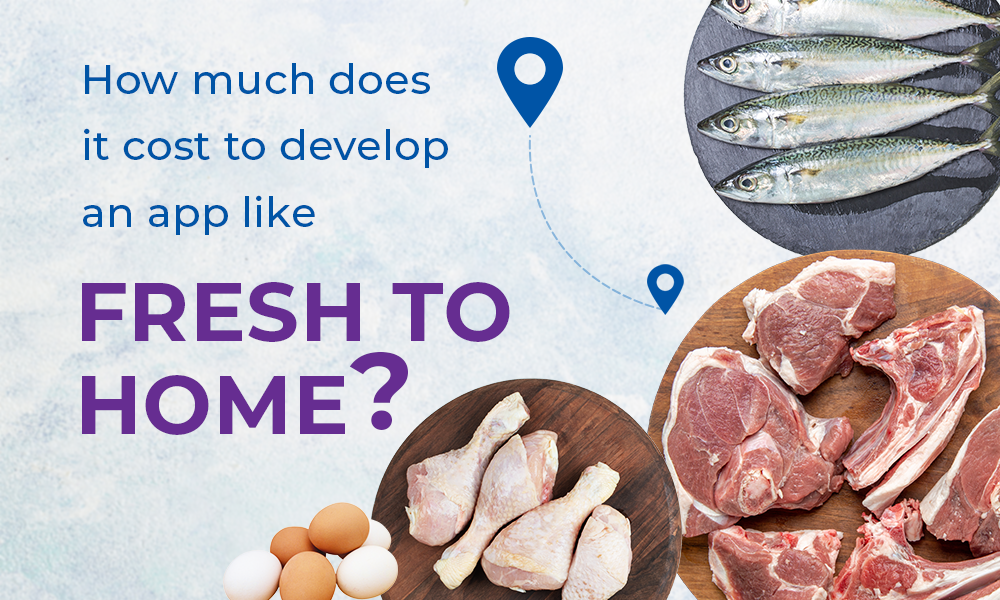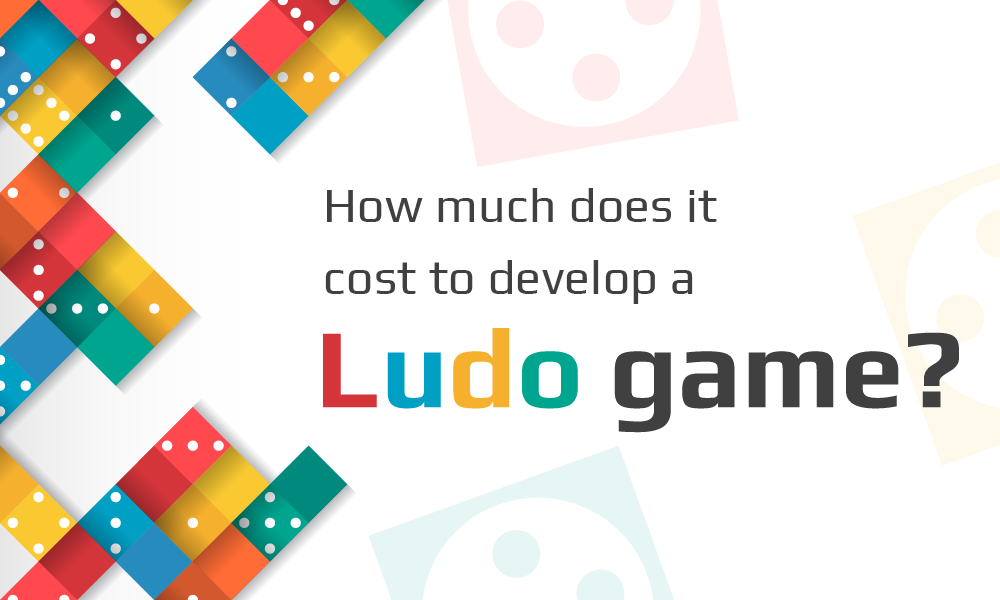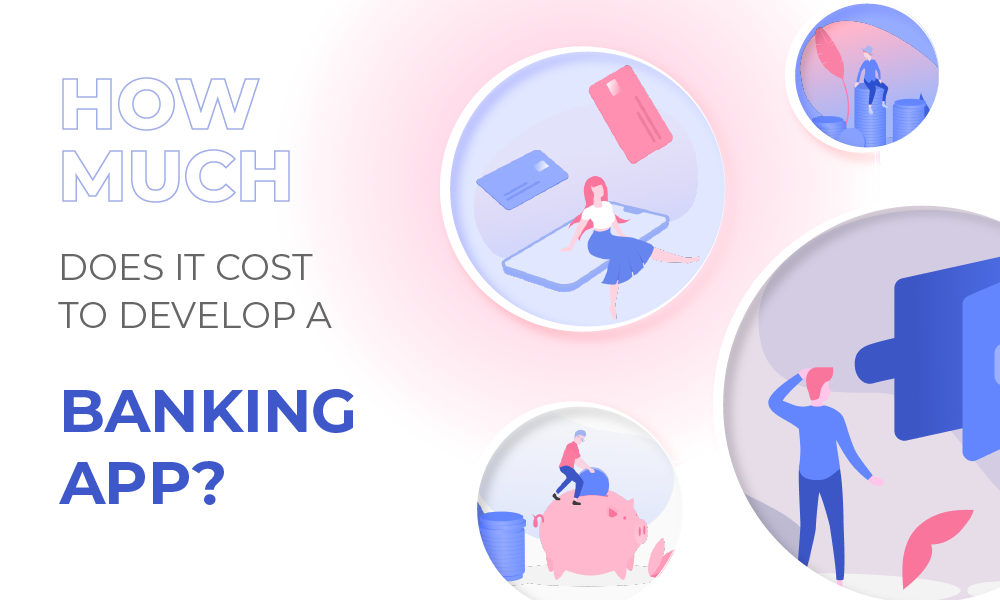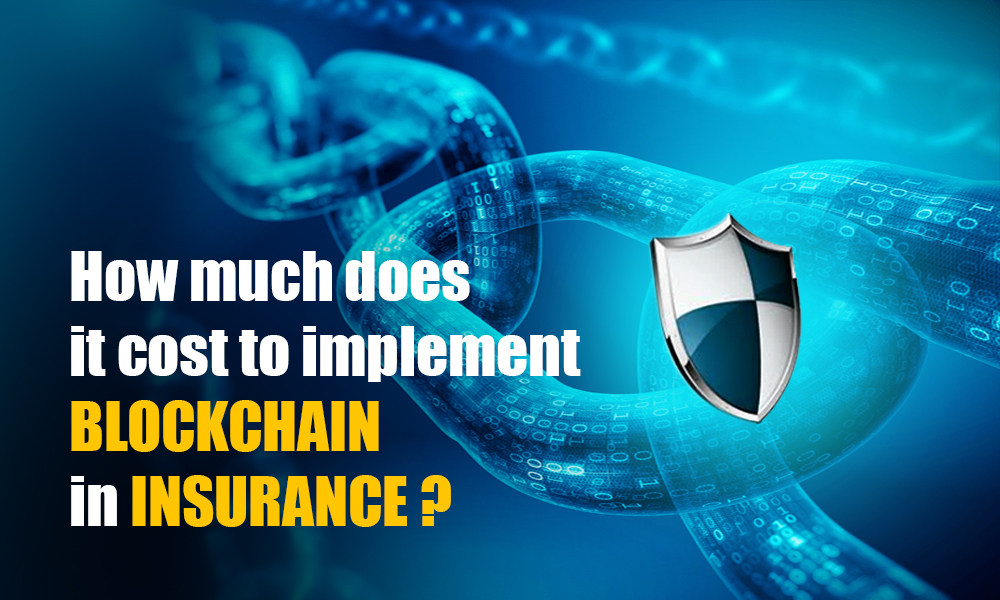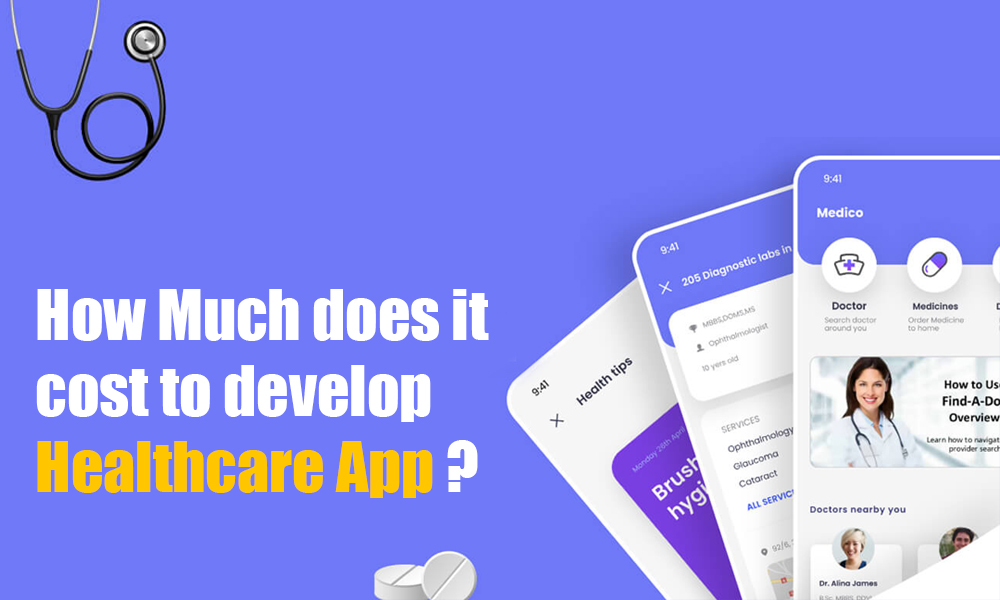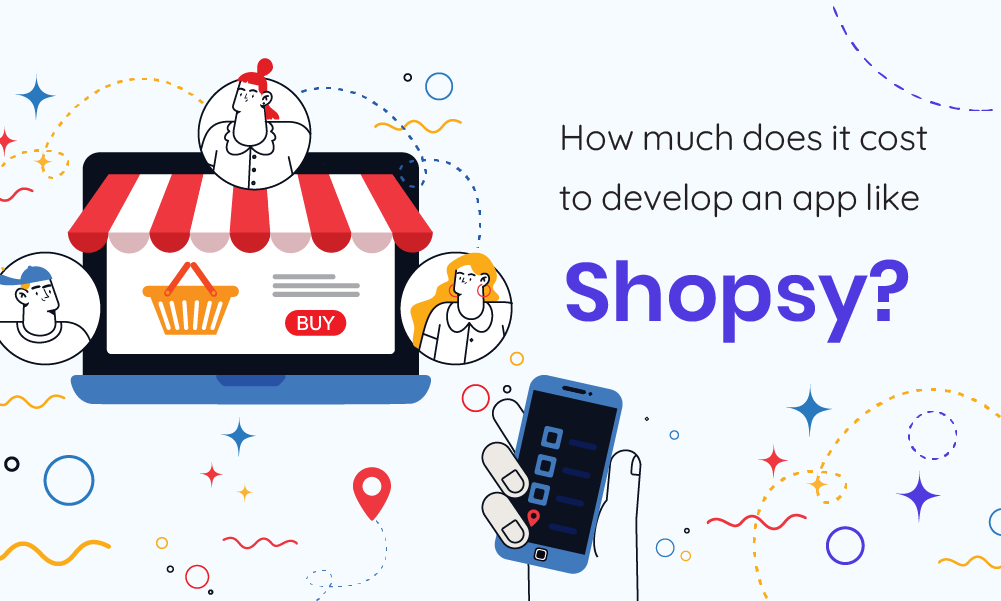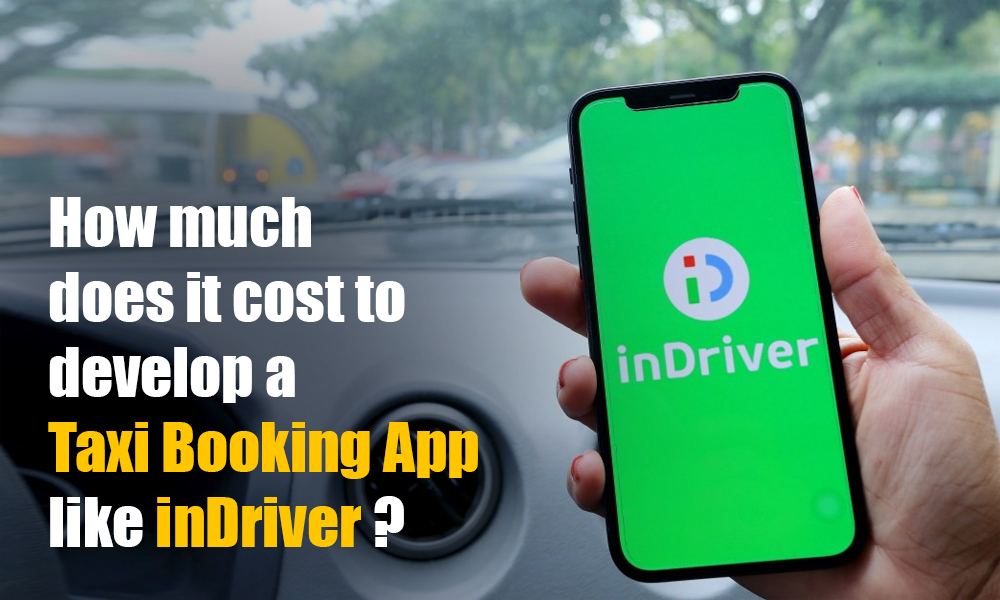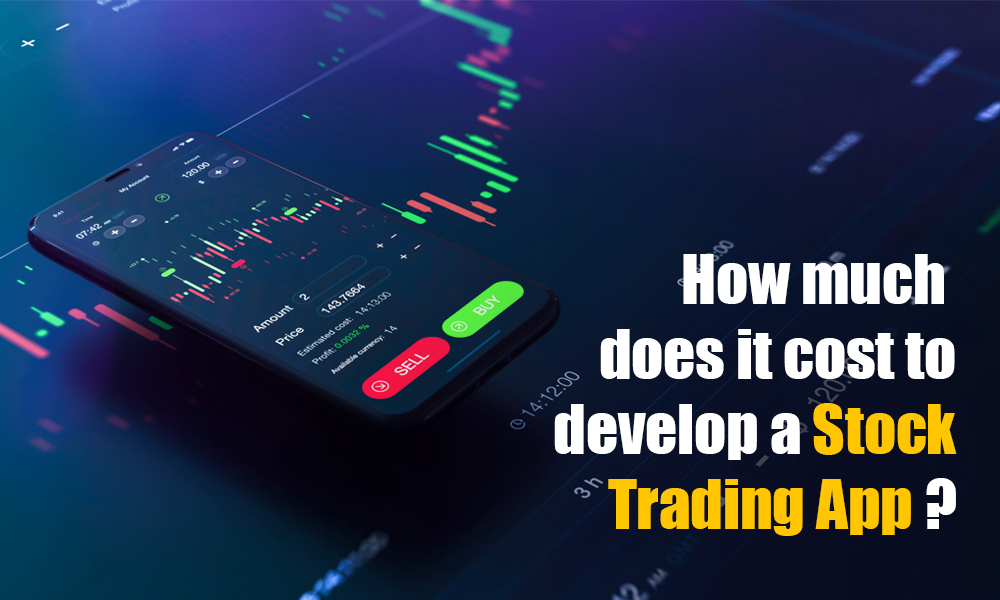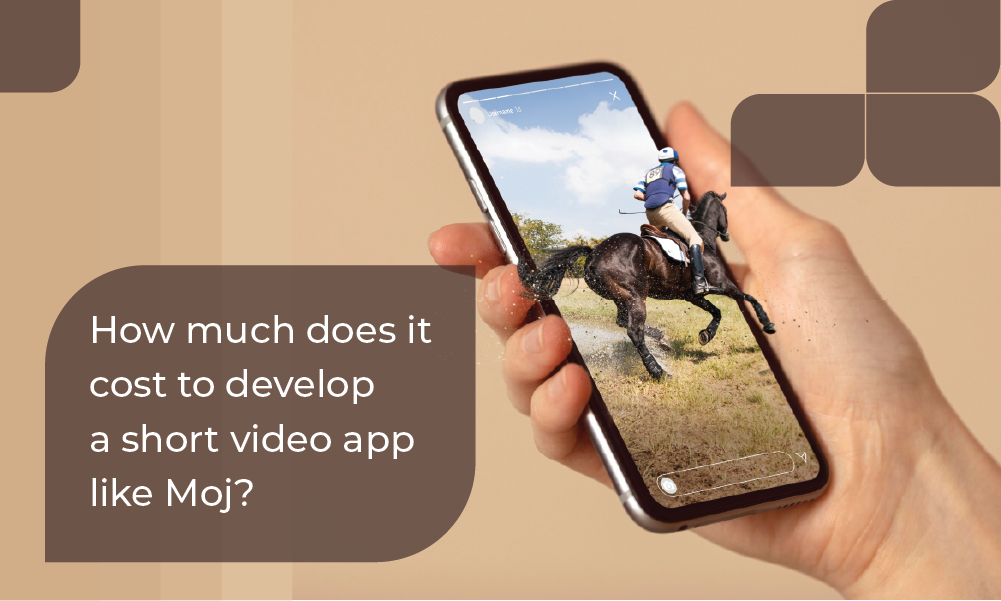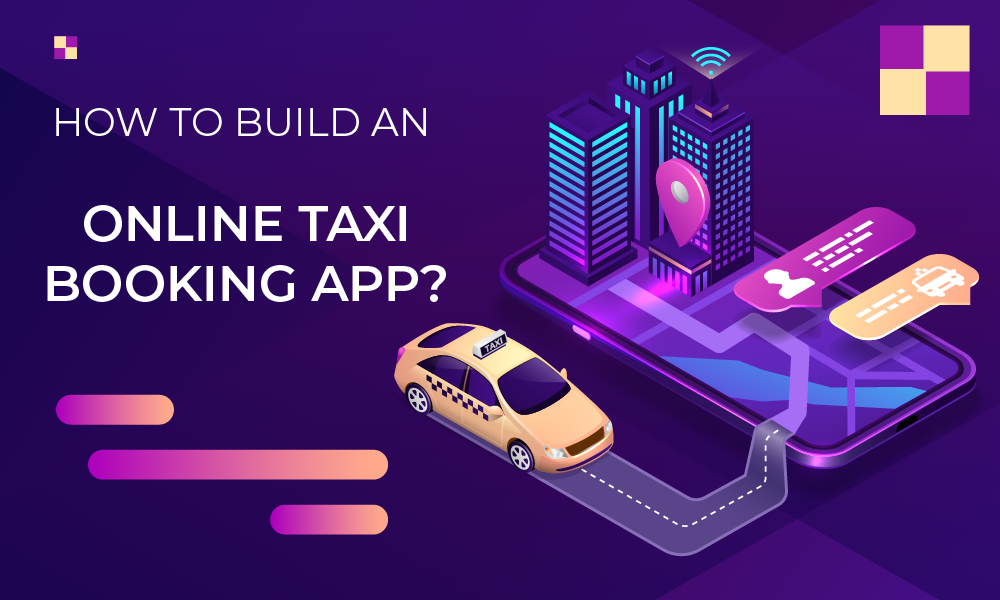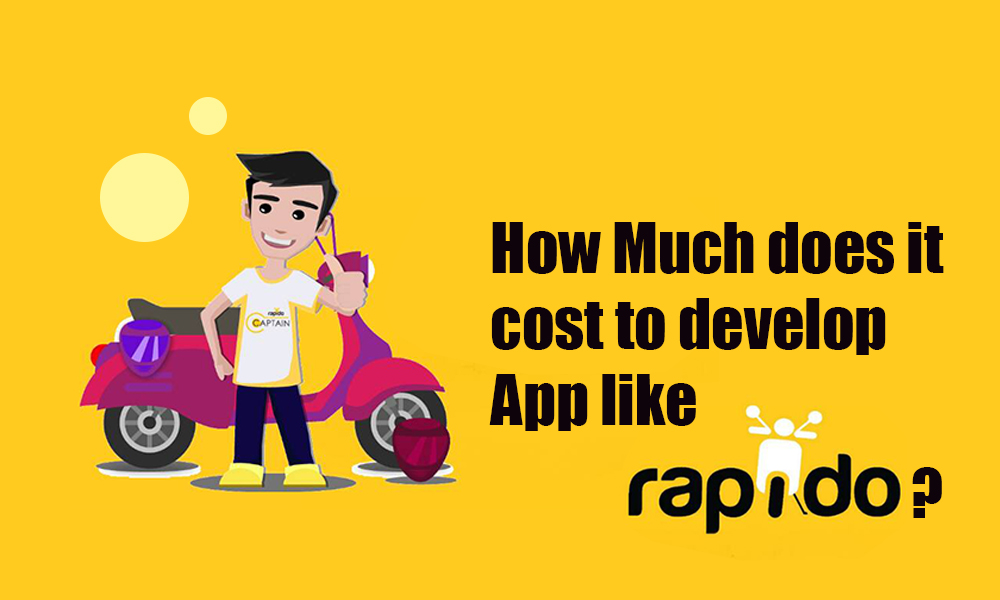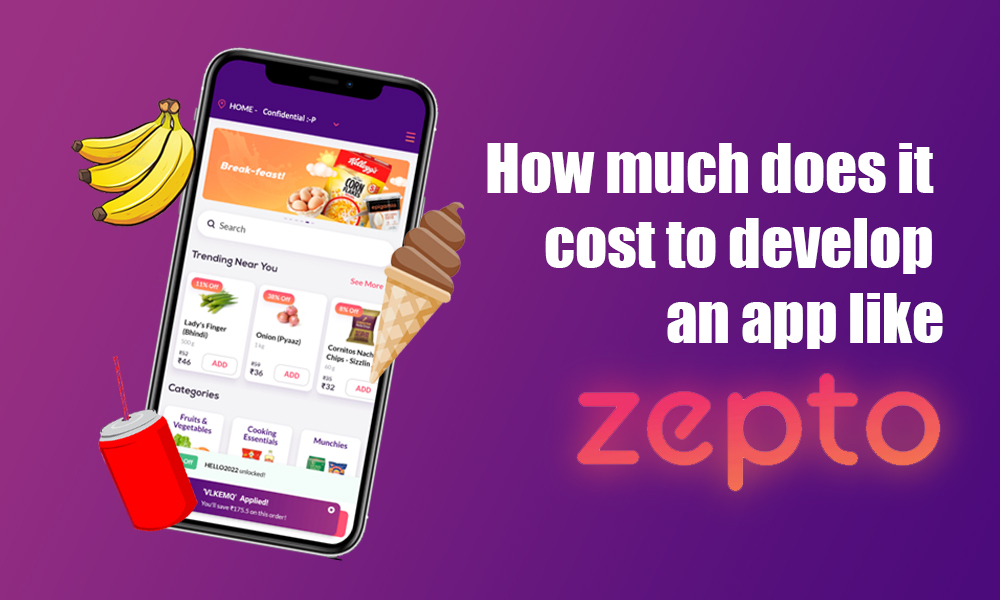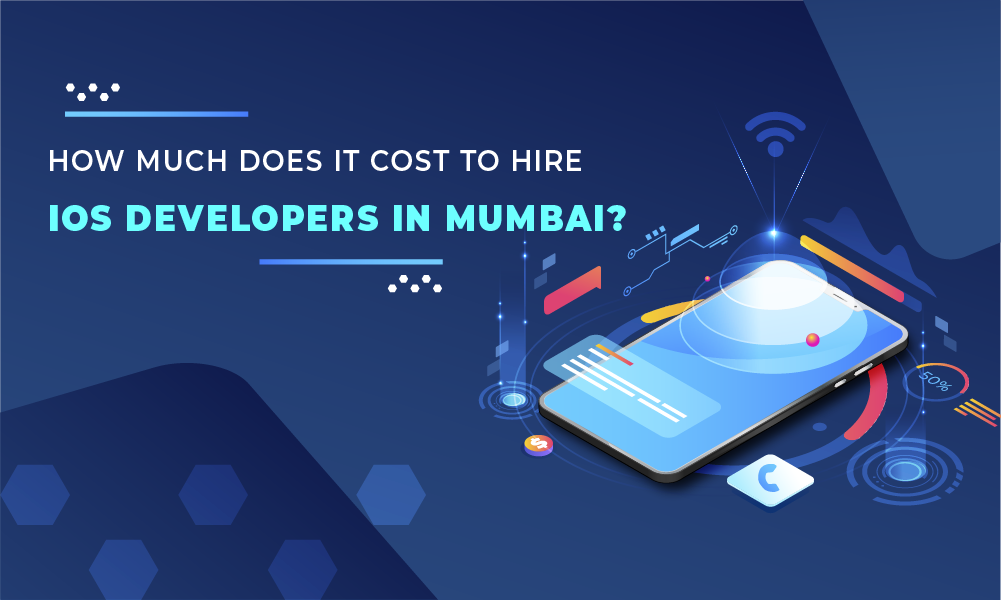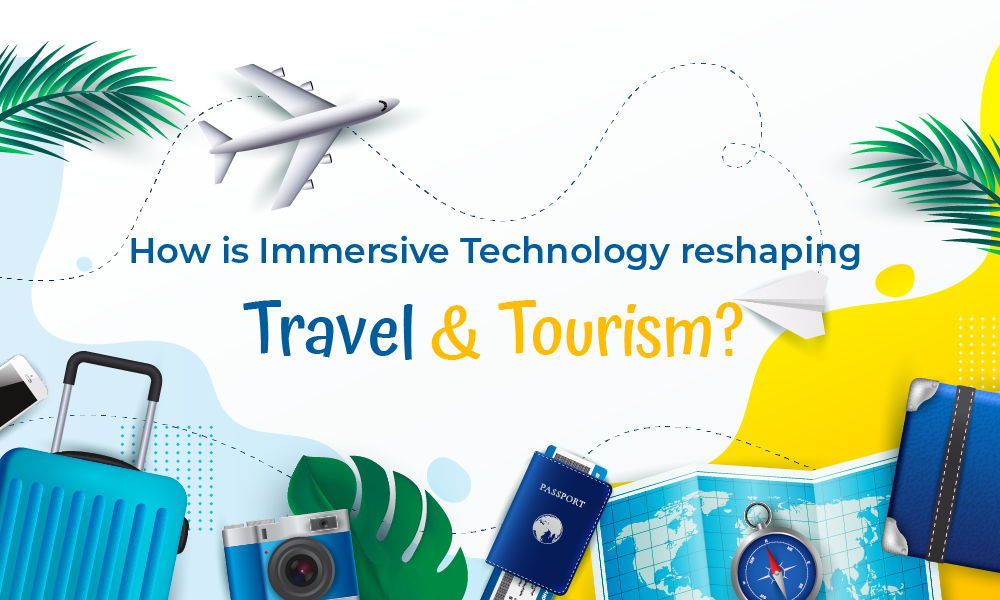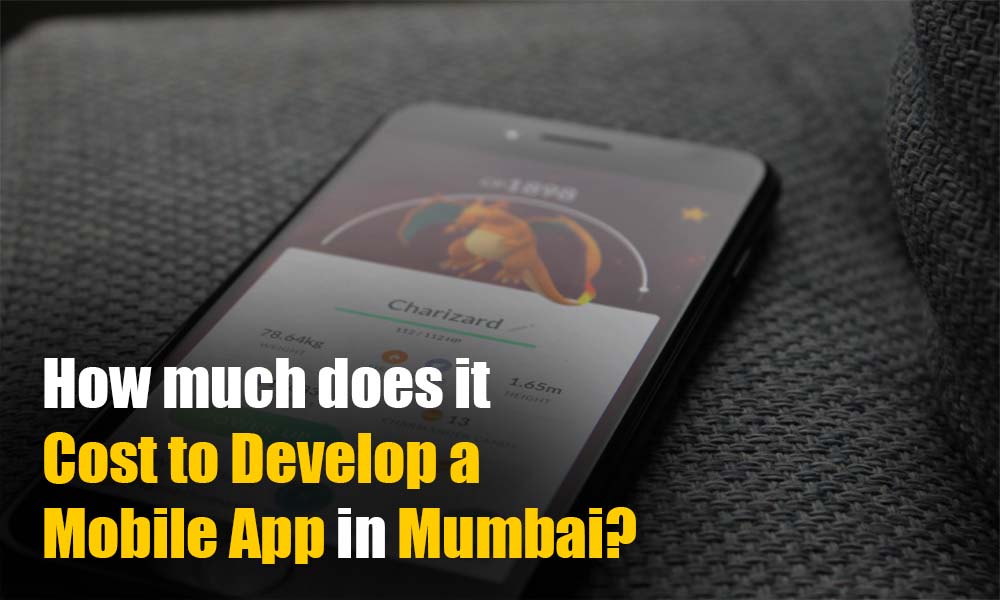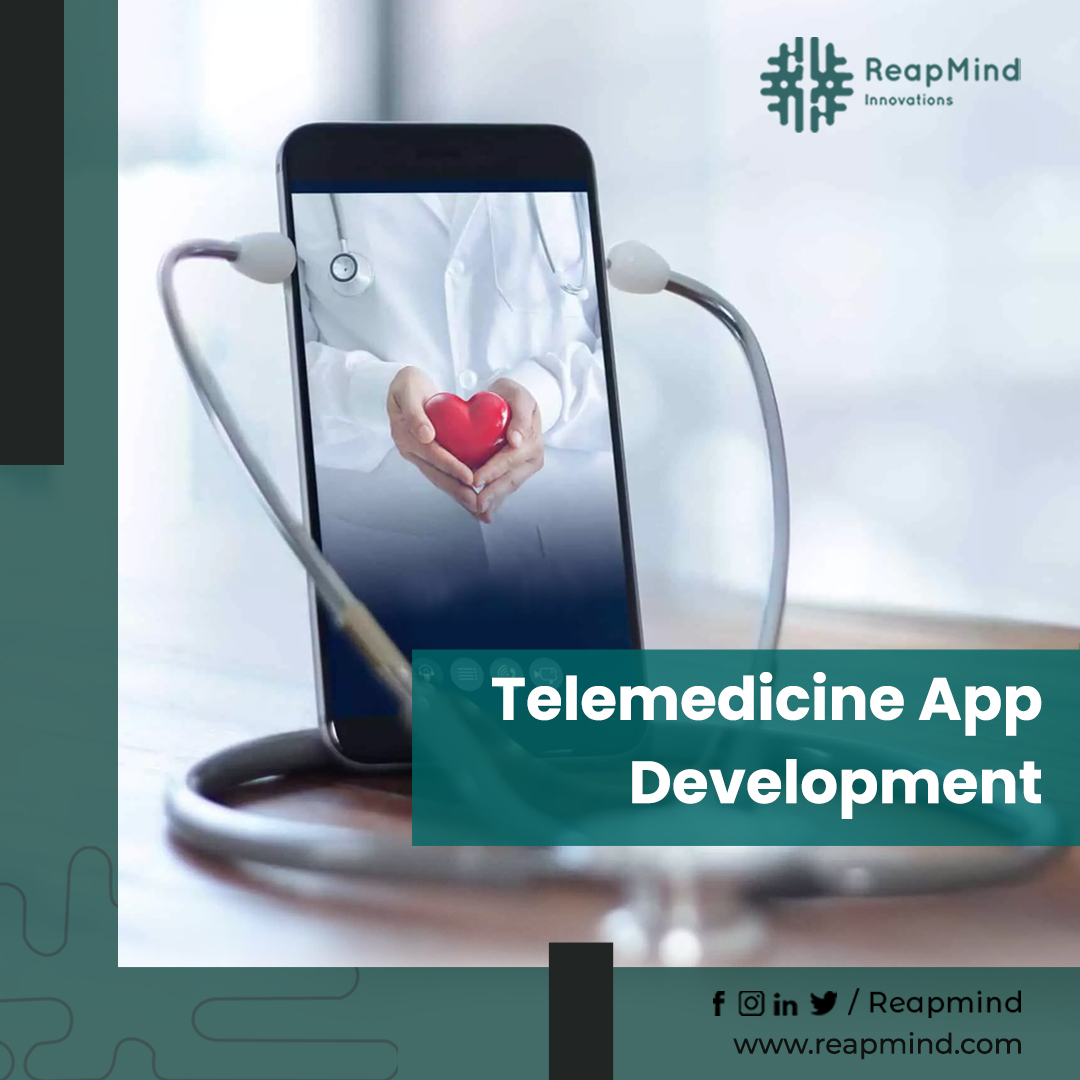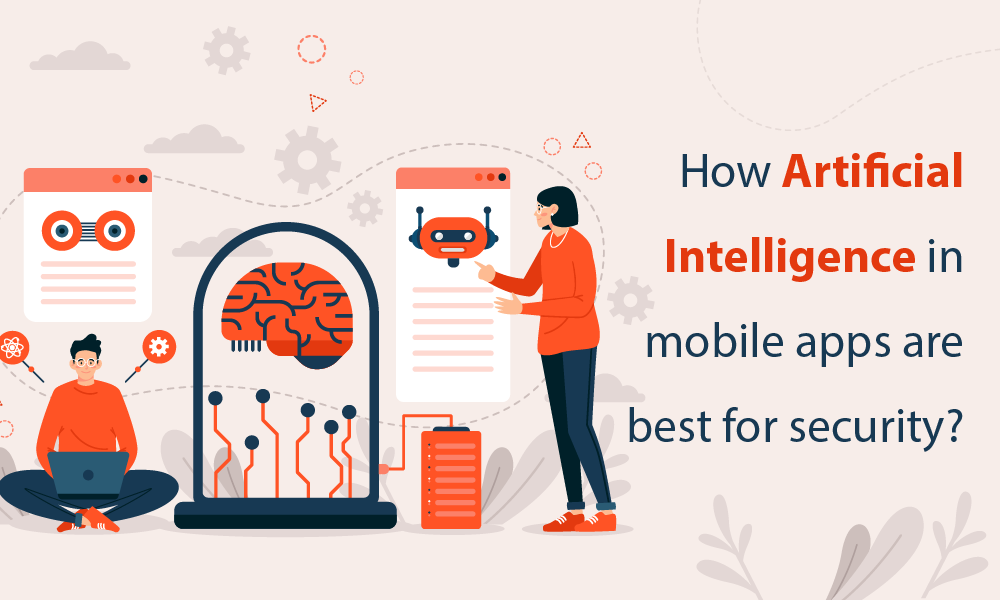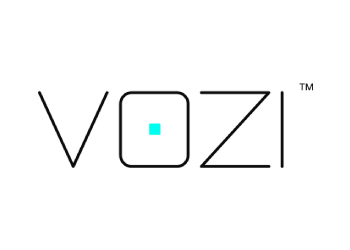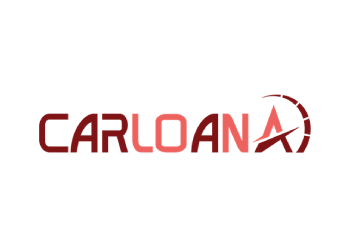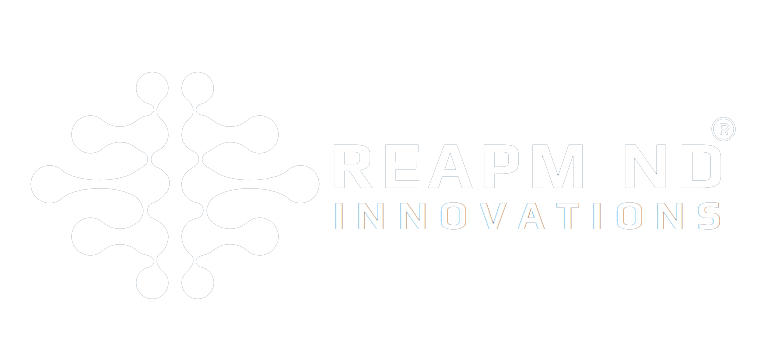Introduction:
Did you know that by 2024, the global e-commerce market is projected to reach a staggering $5.3 trillion?
That’s right, online shopping is booming!
Platforms like Zalando have revolutionized the way we shop for fashion, offering a vast selection, convenience, and personalized recommendations, all at our fingertips. Zalando itself boasts over 48 million active customers across Europe, proving the power of a well-crafted e-commerce experience.
Building an innovative and user-friendly experience requires expertise. Development companies understand this, and many are pushing the boundaries of e-commerce app development cost with innovative features and futuristic designs. But with all this cutting-edge tech, Zalando app development cost can become a big question mark.
In this blog, we’ll delve into the world of cost factors for e-commerce app development and explore the variables that influence the price tag, giving you a roadmap to estimate the cost of building your own Zalando-like fashion app.
Understanding Zalando:
Table of Contents
ToggleZalando, founded in 2008, has become Europe’s go-to destination for fashion experts. With a remarkable 50 million active customers spanning 23 European markets, Zalando has cemented its status as a premier fashion hub.
Offering an extensive range of apparel, footwear, and accessories from over 4,500 brands, Zalando caters to a diverse array of tastes and budgets. According to a 2023 report by Statista, Zalando leads the pack as Europe’s top revenue-generating online fashion retailer.
The comprehensive suite of features, combined with Zalando’s commitment to excellent customer service and fast delivery options, have solidified its position as a leader in the European online fashion market.
- Essential Features of a Zalando-like App:
Zalando’s rise to prominence is a testament to the power of user-centric features. By offering a seamless experience that blends core functionalities with cutting-edge innovations, Zalando has captured the hearts (and wardrobes) of millions. Let’s delve into the essential features that will form the bedrock of your Zalando-like fashion app.
- Core functionalities:
| Feature | Description |
| User-friendly product browsing and search | Allows users to easily find the products they’re looking for. |
| Detailed product information with images, descriptions, and reviews | Provides all the necessary information for users to make informed decisions. |
| Secure shopping cart and checkout process with multiple payment options | Ensures a smooth and secure checkout experience. |
| Order tracking and delivery notifications | Keeps users informed about their orders. |
| User accounts for managing profiles, orders, and wishlists | Enables users to personalize their shopping experience. |
- Advanced features:
| Feature | Description |
| AI-powered product recommendations and personalized offers | Recommends products based on user preferences and purchase history. |
| Virtual try-on functionality (using AR/VR technology) | Provides a more immersive shopping experience. |
| Integration with social media platforms for sharing and reviews | Allows users to share their finds and read reviews from their social circles. |
| Multi-language support | Makes the app accessible to a wider audience. |
| Loyalty programs and reward systems | Rewards users for their purchases and encourages repeat business. |
- Understanding Zalando’s Business Model:
Zalando functions through two primary business models: the Wholesale model and the Partner Platform. In the Wholesale model, Zalando purchases fashion items in bulk from various brands at wholesale prices. They then utilize their extensive logistics network to manage and deliver these products directly to customers.
On the other hand, the Partner Platform allows other fashion brands and retailers to sell their products directly to customers through Zalando’s platform. Zalando earns a commission on each sale made through their platform.
Both models contribute to Zalando’s success as a multi-brand retail platform, acting as a digital mall for fashion enthusiasts.
- Understanding Zalando’s Revenue Model:
Zalando operates as a two-sided marketplace, connecting fashion brands and retailers with customers to generate revenue. Their primary income comes from product sales, where they purchase items at wholesale prices and sell them at a markup. Additionally, Zalando earns commissions from partner brands and retailers who sell directly on their platform.
They also offer fulfillment services, earning fees by providing storage, packaging, and delivery to partner brands. Affiliate commissions come from partnering with fashion-related websites, earning a share when customers make purchases through affiliate links. Subscription revenue is generated through programs like Zalando Plus, which offers exclusive benefits to premium members. Advertising income is obtained by displaying targeted ads on their platform. Additionally, Zalando explores revenue from style boxes, subscription-based packages containing curated fashion items.
These diversified revenue streams contribute to Zalando’s comprehensive platform approach, evolving from a traditional retail model to a multifaceted income-generating system.
Benefits of Building an e-commerce App Like Zalando:
Consumers crave shopping experiences that cater to their on-the-go lifestyles. Brick-and-mortar stores can’t compete with the convenience of pulling out your phone and browsing thousands of products within seconds.
Here’s a deeper dive into the key benefits of building an e-commerce app like Zalando in 2024:
- An e-commerce app enables customers to reach businesses anytime, anywhere, enjoying the convenience of shopping from their couch or on their commute.
- Push notifications alert users about new arrivals, exclusive deals, and upcoming sales. Loyalty programs incentivize repeat purchases, while interactive elements like styling tips or AR product visualization keep users engaged.
- Users navigate effortlessly through the app to find what they’re looking for. Personalized recommendations based on browsing history introduce them to new products they might love. Faster checkout with multiple payment options minimizes friction points and frustration.
- Businesses gain valuable insights into user behavior by tracking product views, cart additions, and checkout process drop-offs. This data helps businesses better understand their customer base and optimize their offerings.
- With the app at their fingertips, users are constantly reminded of the brand, leading to increased brand awareness and recognition, ultimately driving more sales and customer loyalty.
- In today’s crowded online marketplace, businesses stand out by offering a user-friendly and feature-rich e-commerce app, demonstrating their commitment to providing a seamless shopping experience.
- Users enjoy a checkout process that’s quick and easy, with multiple payment options, guest checkout functionality, and one-click purchase options, encouraging them to complete their purchases.
- Connected to the inventory management system, the app ensures accurate stock levels in real time, preventing stockouts and ensuring a smooth shopping experience.
- Users benefit from features like wishlists, order tracking, and easy return policies that make shopping convenient and hassle-free, fostering satisfaction and encouraging repeat business.
Key cost factors for e-commerce app like Zalando :
The e-commerce app development cost for a Zalando-like app can vary significantly depending on several key factors. Let’s delve deeper and explore these factors to ensure your development journey runs smoothly.
A. Feature Complexity:
Features are the lifeblood of any e-commerce app. Basic features like product listings, shopping carts, and basic checkout processes for a Zalando-like app typically cost $10,000–$20,000 due to their simplicity. Advanced features like real-time inventory management or personalized product recommendations can cost $30,000+ and $50,000+, respectively, due to increased complexity.
Additionally, AI-powered features such as virtual try-on functionality estimated at $75,000+ and chatbots for customer service costing around $40,000+ enhance the user experience but require substantial development investment.
While basic features are more cost-effective and require less expertise, advanced and AI-powered features add significant value but necessitate higher development costs and expertise.
B. Development Team Location:
Generally, developer rates are higher in North America and Western Europe, ranging from $100 to $150 per hour, compared to Eastern Europe and Asia, which range from $30 to $70 per hour. While experience and skillset play a role, the standard of living in a region also influences developer rates. This creates a cost-balancing opportunity.
C. Technology Stack:
The choice between native and cross-platform development depends on budget, performance needs, and the desired user experience. Native apps for Android and iOS give the best performance and experience but can cost over $50,000 per platform. Cross-platform apps using tools like React Native or Flutter cost around $20,000–$30,000 for both platforms but might not perform as well.
The decision between open-source and proprietary tools hinges on the complexity and customization requirements of the project. Open-source software is cheaper at about $10,000, but for more complex features, custom tools from development companies can cost over $30,000.
D. Security and Compliance:
Robust security measures and compliance with relevant e-commerce regulations are non-negotiable. Security features like secure payment gateways and user authentication are vital, costing around $10,000–$20,000. Compliance with regulations such as PCI DSS or GDPR may also be needed, adding to development costs. These measures ensure your app is safe and legally compliant, fostering trust with customers.
E. Third-party Integrations:
Integrating payment gateways and logistics providers for delivery management incurs separate fees, in addition to development costs. Setup costs for logistics integration are around $5,000, with ongoing transaction fees. Development efforts to connect these services range from $5,000 to $10,000. Additionally, linking your app with marketing platforms or social media channels may require further development work, costing approximately $10,000 or more. These integrations are essential for smooth operations and effective marketing but come with extra expenses beyond development.
F. Design and User Interface (UI):
A user-friendly design and a well-crafted UI are crucial for an e-commerce app’s success. Hiring skilled UI/UX designers and developers to create an intuitive and visually appealing user interface will impact the cost by around $10,000–$30,000. However, a well-designed app leads to higher user engagement and conversion rates, ultimately contributing to a better return on investment.
Cost Estimation for Zalando-like App:
Developing an e-commerce app like Zalando involves costs ranging from $30,000 to $300,000 or more, The final cost of your e-commerce app will depend heavily on the specific features you choose and the complexity of its implementation.
A basic app, under $50,000, focuses on core functionalities like product listings, shopping carts, and secure checkout, offering a streamlined experience. A medium-complexity app, in the $50,000–$150,000 range, enhances the shopping experience with features such as user accounts, wishlists, basic product filtering, and simpler mobile payment integration. For an advanced app exceeding $150,000, akin to Zalando’s complexity, expect sophisticated elements like in-app promotions, loyalty programs, advanced search and filtering, social media integrations, and potentially even AR/VR functionalities.
Tips for Cost Optimization:
Considering venturing into the online retail space with an e-commerce app? While the potential rewards are vast, e-commerce app development cost can be a major consideration.
Building a successful e-commerce app doesn’t necessitate breaking the bank. Here are some pointers to keep your e-commerce app development costs in check:
- Start with key features like easy product browsing, secure payments, and a simple checkout. Save advanced features like AR product try-ons for later, when your business grows.
- Developing for both iOS and Android can be costly. Begin with one platform based on your audience, and expand to the other later.
- Hiring locally ensures clear communication but can be pricey. Explore outsourcing to regions with lower costs, but make sure they have a good track record and communication skills.
- A sleek design is crucial, but avoid expensive animations. Prioritize a clean, user-friendly interface over flashy elements.
- Save time and money by using pre-built components for e-commerce functions like shopping carts and payment gateways. Ensure they match your needs and allow the customization you require.
- Instead of a full-featured app, focus on a minimum viable product (MVP) with core functionalities. Gather user feedback and add features gradually as your business grows.
Why ReapMind is Your Perfect Partner for Building Your Dream e-commerce App:
With over 70% of consumers worldwide now shopping online, businesses require a development partner capable of providing a seamless and engaging mobile experience. That’s where ReapMind steps in.
We’re not just another e-commerce app development company; we’re your trusted partner in building a dream e-commerce app that drives sales and customer loyalty.
Why choose ReapMind?
- We understand the intricacies of the e-commerce industry and user behavior, ensuring your app is not just functional but truly user-centric.
- ReapMind provides upfront and transparent cost estimates. We consider all cost factors for e-commerce app development, including features, complexity, and platform, allowing you to make informed decisions.
- We don’t just build apps; we build for the future. Our solutions are designed to scale seamlessly with your business growth, ensuring your e-commerce app remains competitive and adaptable to changing market trends.
- Team ReapMind prioritizes creating intuitive and user-friendly interfaces that keep customers engaged and coming back for more.
- At ReapMind, we employ robust security measures and ensure optimal app performance to safeguard data and deliver a smooth shopping experience.
- We offer ongoing maintenance and support to ensure your e-commerce app runs flawlessly.
ReapMind can be your one-stop shop for building a thriving e-commerce app. Contact us today for a free consultation, and let’s discuss how we can turn your vision into a reality!
Conclusion:
And it’s a wrap!
A well-developed app can be the cornerstone of your online success. If you’re considering developing an e-commerce app like Zalando, it’s essential to grasp the e-commerce app development cost.
Did you know that in 2023, 67% of online shoppers will prefer using a mobile app to make purchases? Having a user-friendly app can significantly boost sales, enhance customer engagement, and foster brand loyalty.
At ReapMind, we’re pros at understanding the Zalando app development cost and identifying the key cost factors for e-commerce app projects. Our team of e-commerce development experts is passionate about helping businesses like yours achieve their full potential.
Contact us today, and together, let’s get started on building the perfect e-commerce app!
FAQs:
1. How much would a Zalando-like app cost to develop?
Ans: Developing a feature-rich app like Zalando can range from $100,000 to $300,000 or more, depending on the chosen features and functionalities.
2. Do I need to develop an app for both iOS and Android?
Ans: Developing for both major platforms (iOS and Android) will increase the cost compared to choosing a single platform. However, reaching a wider audience often justifies the investment.
3. What are the additional costs to consider besides development?
Ans: Additional costs may include app store submission fees, server hosting costs, payment processing fees, and marketing expenses.
4. How long does it take to develop an e-commerce app?
Ans: The development timeline depends on the app’s complexity. A basic app might take 3–6 months, while a complex app like Zalando could take 6–12 months or more.
5. How can I get a more accurate estimate for my e-commerce app development cost?
Ans: Contact ReapMind, the best e-commerce app development company, and let’s discuss your specific requirements.



